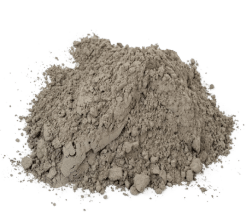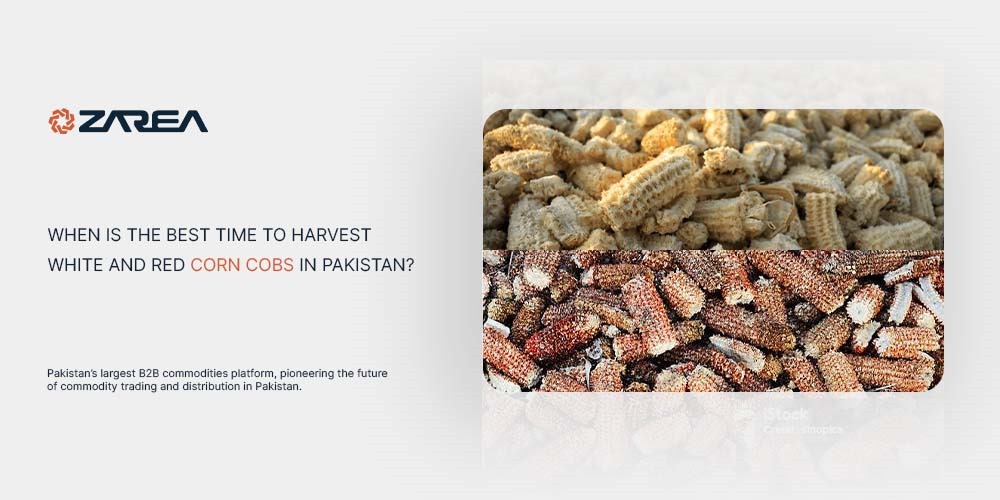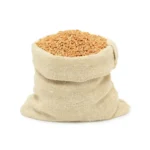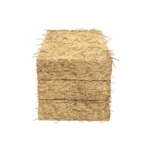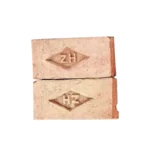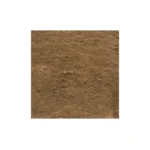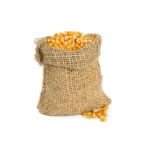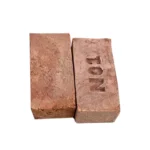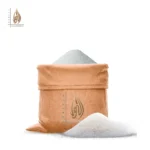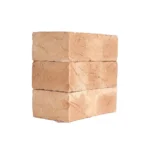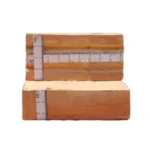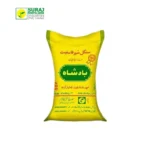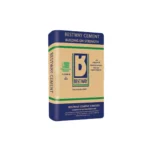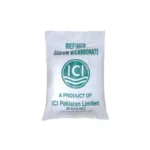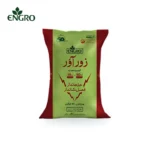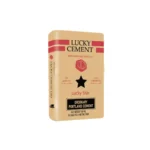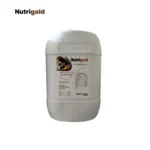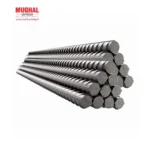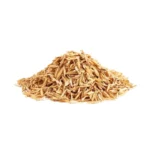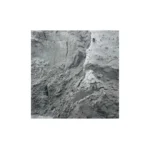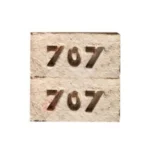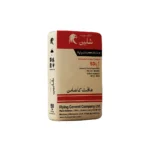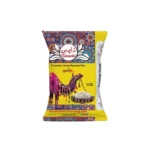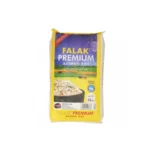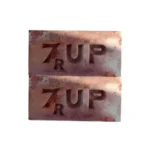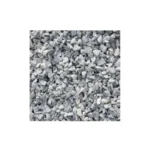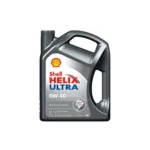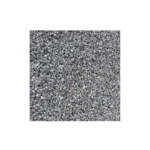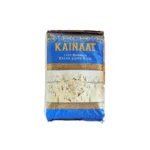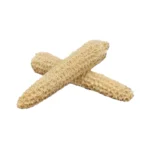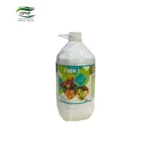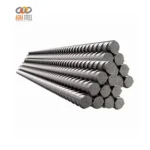Introduction
For companies dependent on top-notch agricultural products, determining the best time to harvest corn cobs is essential. As the leading B2B commodities platform in Pakistan, Zarea is at the forefront of transforming commodity trading and distribution, providing a diverse selection of products, such as essential agricultural items like white and red corn cobs. This blog will walk you through the top strategies for harvesting corn in Pakistan, helping your business to organize its operations for optimal efficiency and profitability.
The Role of Corn in Pakistan’s Agricultural Sector
The place of corn is not just as a crop but as an essential component of agricultural infrastructure in Pakistan. Serving not only as staple food but also in feed and industrial application, Zarea supports local businesses with access to high-quality white and red cobs of corn for a number of business requirements in different ways, from food processing to the production of animal feed.
Optimal Conditions for Corn Cultivation
Climate and Soil
Corn requires a climate with warm, sunny days and well-draining soil. In Pakistan, these conditions are typically met in both Punjab and Sindh, making these provinces ideal for corn cultivation.
Planting Seasons
Corn in Pakistan is usually planted in:
- Spring (Late February to April): This cycle is suited for regions with less intense summer heat.
- Monsoon (June to July): Planting aligns with monsoon rains, providing natural irrigation.
Harvesting Timelines for White and Red Corn
Maturity Indicators
To ensure the highest quality of corn, it’s important to recognize the signs of maturity:
- Kernel Moisture Content: Ideal at 20-25% for harvesting.
- Husk Condition: Look for dry, browning husks.
- Kernel Firmness: Kernels should be firm with no milky residue when pressed.
Harvesting Periods
- For Spring-Planted Corn: Harvest from late July to early September. Timing avoids the peak monsoon season, which can damage crops.
- For Monsoon-Planted Corn: Harvest from late October to December, taking advantage of the cooler weather to reduce kernel moisture naturally.
Note: Please note that these are general guidelines and the actual harvesting period may vary depending on specific factors such as weather conditions, soil type, and variety of corn cob.
Zarea and Your Business
At Zarea, timing means everything about agriculture. Through purchasing your white and red corn from Zarea, you are guaranteed not only quality but home delivery that captures just the right timing of your business cycle. We can support companies of any size, so whether you’re a big corporation or a small local business, the top resources will be at your fingertips.
- Corn Cob Red and Corn Cob White: Zarea offers premium quality red and white corn cobs, ideal for a range of applications in the food and agricultural industry.
- For Buying Click Here: Purchase Corn Cobs Red and White
If you’re looking to place an order and are unfamiliar with the process, you can read our previous blog on how to place your first order on Zarea, Click here.
Post-Harvest Processing
To maintain quality post-harvest:
- Drying: Reduce moisture content to around 15%.
- Storage: Keep in a cool, dry place to prevent spoilage and pest issues.
Conclusion
Timing the harvest of white and red corn cobs can significantly impact the quality and profitability of your agricultural commodities. With Zarea, leverage our platform to ensure that you are equipped with the best possible agricultural products. Our commitment to supporting efficient, effective agricultural practices helps drive the success of your business.
Stay Connected with Zarea
For further insights and updates on agricultural practices, keep visiting Zarea. Subscribe to our newsletter for the latest information, tailored specifically for the needs of businesses in Pakistan’s dynamic market.
FAQ’s:
What is a corn cob?
Corncob refers to the solid cylindrical core that holds the kernels of corn. In an average corn field, the weight of dry corncobs per acre is approximately 1500 pounds, representing roughly 20% of the total corn residues, which includes corn cobs.
What is a good use for corn cobs?
- Composting: Corn cobs are decomposable and can be included in your compost heap, where they will decompose and enhance nutrient-dense compost.
- Mulch: You can cut the cobs into pieces and use them as mulch for your garden.
- Arts and crafts: Corn cobs may be utilized in numerous crafting activities.
Why are they called cobs?
As per Wikipedia, the term might have emerged as a variation of ‘cop’, signifying head. Cob may have also originated from the English term ‘cot’ which means cottage, the Welsh word cob meaning top of tuft, or the German Kuebel, referring to a large container.
What are the benefits of corn cob?
Its phytochemicals and prebiotic qualities offer significant advantages for humans when ingested. Thus, corn cob possesses functional attributes like antioxidant, antimicrobial, anticoagulant, anticancer, and lowers blood glucose levels.
